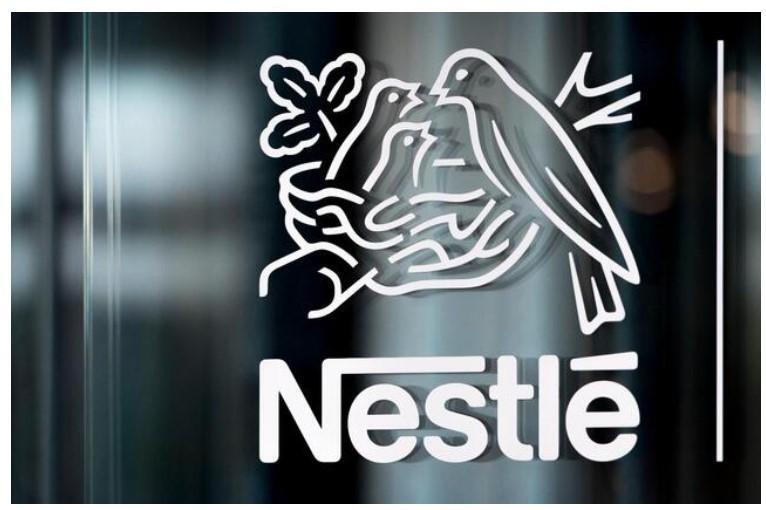
Nestlé Vows to Drop Artificial Colors in US Foods by 2026
In a bid to catch up with its competitors and meet growing consumer demands, Nestlé has announced plans to remove all artificial colors from its US products by mid-2026. This news comes as a significant development in the processed food industry, where rivals Kraft Heinz and General Mills have already made similar commitments. While some critics remain skeptical about Nestlé’s ability to follow through on its promise, the company’s decision is a step in the right direction towards providing healthier options for consumers.
Nestlé’s decision to drop artificial colors is a response to increasing pressure from consumers, regulators, and competitors. In recent years, there has been a growing trend towards healthier eating, with many consumers opting for natural and organic products. This shift in consumer behavior has led to a surge in demand for products that are free from artificial preservatives, flavors, and colors.
The removal of artificial colors is particularly significant, as many of these colors have been linked to potential health risks. Some artificial colors have been shown to cause hyperactivity in children, while others have been linked to an increased risk of cancer. By removing these colors from its products, Nestlé is taking a proactive step towards providing consumers with safer and healthier options.
Nestlé’s decision is also a response to regulatory pressure. The US Food and Drug Administration (FDA) has been pushing food manufacturers to reformulate their products to reduce the use of artificial ingredients. In 2015, the FDA proposed new regulations requiring food manufacturers to provide more information about the use of artificial ingredients in their products. While these regulations have not yet come into effect, they have created an environment in which food manufacturers are under pressure to reformulate their products.
Nestlé’s commitment to removing artificial colors is not without precedent. In 2015, the company announced plans to remove artificial flavors and preservatives from its US products by 2018. However, the company failed to meet this deadline, and many of its products still contain artificial flavors and preservatives.
This time around, Nestlé is taking a different approach. The company has set a clear deadline for removing artificial colors from its US products and has committed to transparency in its reformulation efforts. Nestlé has also established a new team dedicated to reformulating its products, which will work closely with suppliers and customers to ensure that the company’s products meet its new standards.
While Nestlé’s decision is a positive step towards providing healthier options for consumers, some critics remain cautious. Many consumers have been burned in the past by companies that have made similar commitments but failed to follow through. As a result, some consumers may be hesitant to trust Nestlé’s new commitment to removing artificial colors.
However, Nestlé’s decision is not without its advantages. By removing artificial colors from its products, the company is creating a competitive advantage for itself. As consumers become increasingly health-conscious, they are willing to pay a premium for products that are free from artificial ingredients. By reformulating its products, Nestlé can differentiate itself from its competitors and attract a loyal customer base.
In conclusion, Nestlé’s decision to remove artificial colors from its US products by 2026 is a significant development in the processed food industry. While some critics may remain skeptical, the company’s commitment to transparency and its establishment of a new team dedicated to reformulation efforts suggest that this time may be different. As the company works to remove artificial colors from its products, it will be interesting to see how its competitors respond. Will they follow suit, or will they continue to prioritize profit over consumer health? Only time will tell.
Source:
https://www.breezyscroll.com/business/nestle-artificial-colors-removal-2026/
Note: The above article is a blog post and not an official press release from Nestlé. The opinions and views expressed in the article are those of the author and may not reflect the official stance of Nestlé or any other company mentioned.






